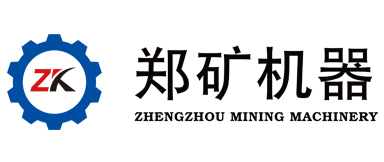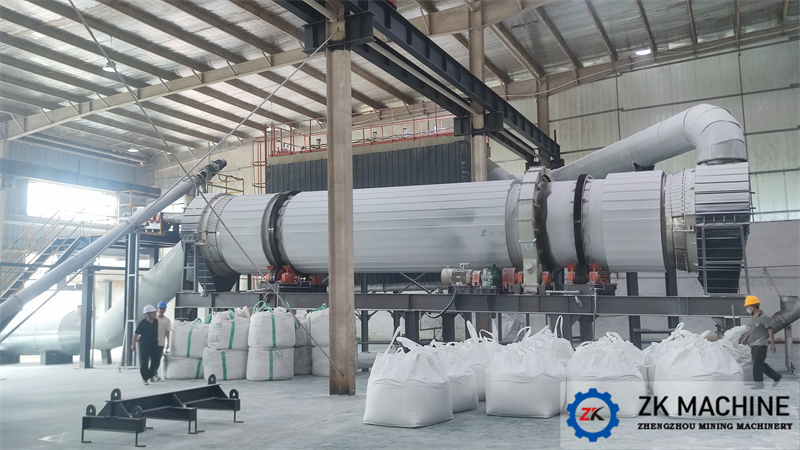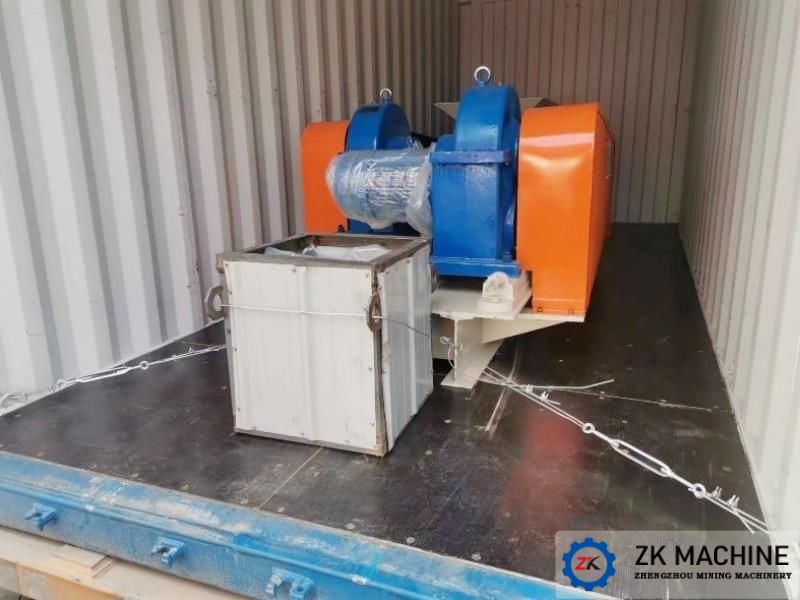Main Factors Affecting Lime Activity in Lime Production
Due to the different types of calcination equipment and calcination conditions, limestone and fuel, the generated lime can be divided into light burnt lime, medium burnt lime and hard burnt lime; it can also be divided into active lime and inactive lime. Generally, light burnt lime is Active lime. Lime for sintering includes: limestone, medium burnt lime, hard burnt lime and active lime. Among them, active lime has the following characteristics:
Active lime crystals are small, usually the largest is 1-2 microns, hard lime tastes 3-6 microns, and some can reach 10 microns. Active lime is in the form of microcrystals. Active lime has the characteristics of high dispersion, large specific surface area, low volume density and high activity. Active lime has the characteristics of small single pores but large total volume. The diameter of single pores is mostly 0.1-1 micron. Activated lime has high reactivity due to its high degree of activity. In short, compared with hard lime, active lime has better physical and chemical properties. The physical and chemical properties of lime are shown in Table 1.3.
1. The influence of rotary kiln on the activity of lime
Rotary kiln can calcinate highly active lime for two reasons:
1.1 The heat transfer in the rotary kiln is mainly radiation heat, and the heat transfer in the lime layer mainly depends on conduction. Through the continuous rotation of the kiln body, the materials are continuously mixed and uniform. During the rolling process of the materials, the large particles are in the upper layer of the material, and the small particles are in the lower layer of the material.
Table 1.3 Physical and Chemical Properties of Lime
表1.3 石灰的物化性能
Items Light Burnt Lime Medium Burnt Lime Hard Burnt Lime
分析项目 轻烧石灰 中烧石灰 硬烧石灰
Bulk Density
体积密度g/cm3 1.5~1.8 1.8~2.2 > 2.2
Air Hole Rate
孔率气 % 4655 34~46 <34
Specific Surface Area
比表面积m2/g10000 19700 3200 400
Activity
活性度/ml >350 150~350 <150
1.2 The calcination of limestone is carried out from the surface to the inside. The temperature of the space in the kiln increases with the increase of the calcination temperature, but the temperature of the material layer in the kiln remains constant. When the limestone is burned into lime, the temperature will rise sharply, resulting in overburning. Therefore, it is required that lime must be quickly pushed out of the kiln, and the residence time of the rotary kiln material in the kiln is short, which can meet the technological requirements for generating active lime.
2. The Influence of Raw Materials on Lime Activity
Harmful impurities in limestone include: SiO2, Al2O3, Fe2O3, Na2O, K2O, P, S and so on.
These impurities start to react with calcined lime (CaO) at a relatively low temperature (900 degrees), which promotes the fusion of CaO particles, resulting in the coarsening of the crystals of the particles. Compounds of iron and aluminum are strong fluxes and can promote the formation of fusible calcium silicate. Calcium aluminate and calcium ferrite. The compound melted by these agents will block the pores of the lime surface and reduce the reactivity of the lime; it also blocks the discharge of CO2 gas, forming quick burnt lime in some parts of the center, and more importantly, it reacts with the lime and adheres to it. The slag is formed together, causing the lime kiln to be out of adjustment and seriously reducing the lime activity.
3. Influence of Fuel on Lime Activity
The fuel used in the lime kiln includes solid, liquid and gaseous fuels. These fuels have their own characteristics and can burn active lime. Although solid fuel has a certain impact on lime activity due to its high content of magazines, solid fuel is indispensable from the perspective of fuel diversification. Because of the shortage of liquid fuel, it is rarely used. The choice of gas fuel is convenient and can improve the activity of lime, so it is extremely advantageous.




